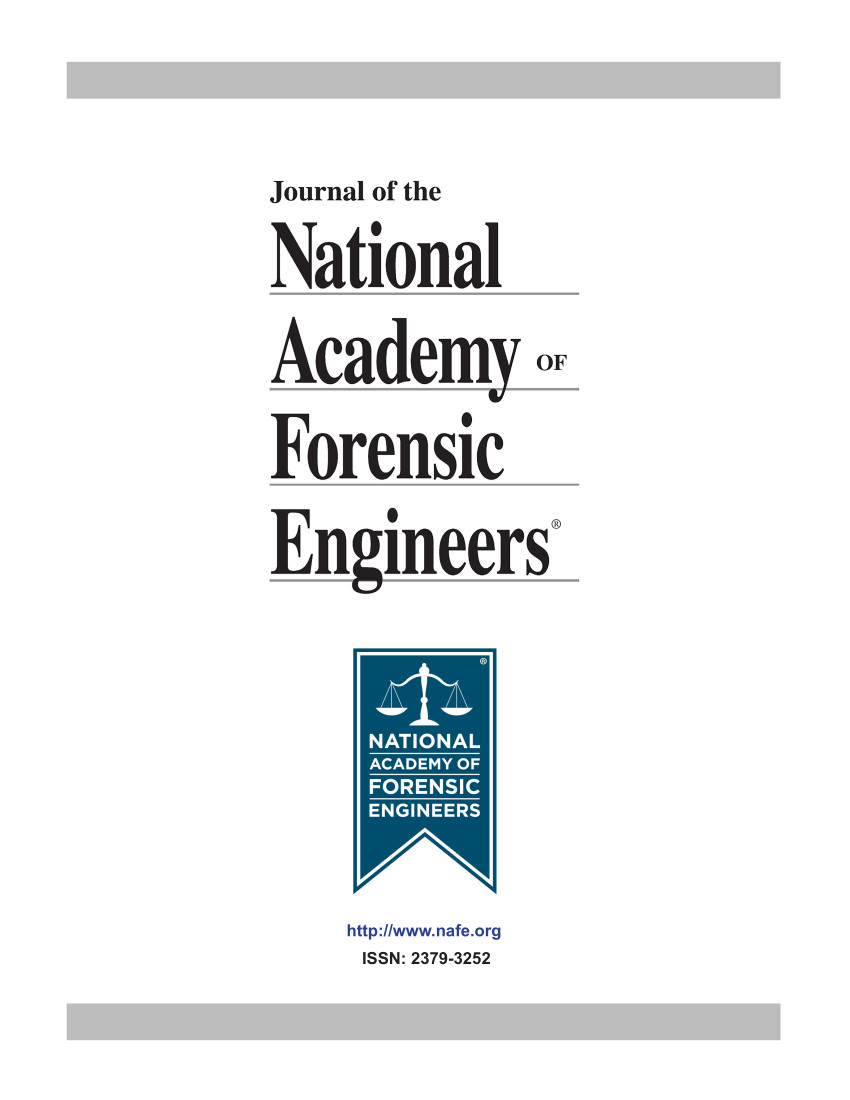Forensic Engineering Analysis: Smoke Transport To Upper Floors During 1980 MGM Grand Hotel Fire
DOI:
https://doi.org/10.51501/jotnafe.v4i2.420Abstract
The fire began at 7 A.M. When it was over four hours later, 84 people were dead or dying and another 591 people were injured-mostly from smoke related injuries. The Las Vegas MGM Grand Hotel fire had become one of the worst fire tragedies in U.S. history. It is now generally accepted that some 80 percent of fire deaths result from smoke inhalation. Nearly two-thirds of the deaths occur away from the fire room. Victims can become incapacitated by heat, visible smoke, and/or toxic species within fire generated hot gases long before death from effects of one or more known lethal combinations of combustion products (i.e., such as oxygen depletion or temperature). The American Society for Testing and Materials (ASTM) defines smoke as a complex mixture of airborne liquid, solid particulates and gas evolved under pyrolysis or combustion. Highly dependent on combustion conditions, its toxicity often cannot be attributed directly to inhalation of one or more specific chemicals fromPublished
1987-01-01
How to Cite
Meckler, Milton. 1987. “Forensic Engineering Analysis: Smoke Transport To Upper Floors During 1980 MGM Grand Hotel Fire”. Journal of the National Academy of Forensic Engineers 4 (2). https://doi.org/10.51501/jotnafe.v4i2.420.
Issue
Section
Articles
License
Copyright (c) 1987 National Academy of Forensic Engineers

This work is licensed under a Creative Commons Attribution-NoDerivatives 4.0 International License.
All rights © Journal of the National Academy of Forensic Engineers.
Full statement regarding the author's license of copyright to the NAFE is shown on the Copyright section of the Submissions Page.






